Hydrogen Peroxide Toothpaste - The Benefits of Hydrogen Peroxide for Teeth
What is Hydrogen Peroxide?
Hydrogen peroxide is water with an extra oxygen molecule represented by the chemical formula H₂O₂.
Hydrogen peroxide is renowned for its antiseptic properties, whereby it releases oxygen when it comes into contact
with tissues.
Hydrogen Peroxide for Teeth
Because of this, hydrogen peroxide toothpaste effectively kills harmful anaerobic bacteria in the mouth. Its oxygenating properties also aid the healing of oral tissues (like the gums). In addition to its antiseptic and healing properties, hydrogen peroxide also works as bleach and helps to remove stains - making it an effective teeth whitener.
For these reasons, hydrogen peroxide has been used in dentistry for over 80 years. It is particularly beneficial to the teeth and oral health and is commonly used in toothpaste.
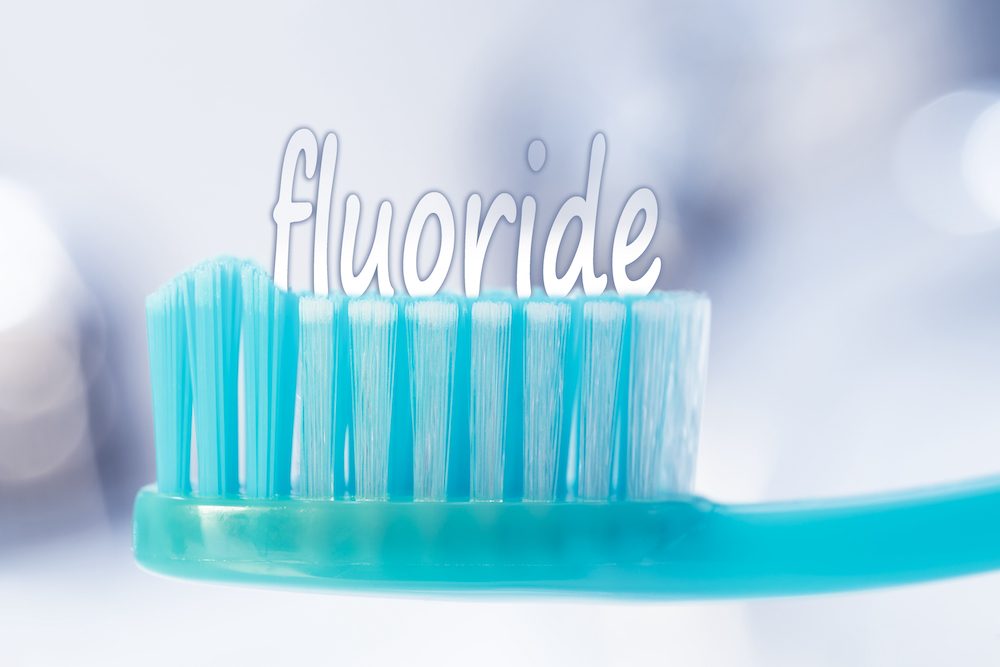
Why Fluoride Doesn’t Stop Tooth Decay
We regularly treat people who use fluoridated toothpaste yet still suffer from tooth decay. Why is this? Because it is not the absence of fluoride that causes decay, but the presence of sugar...
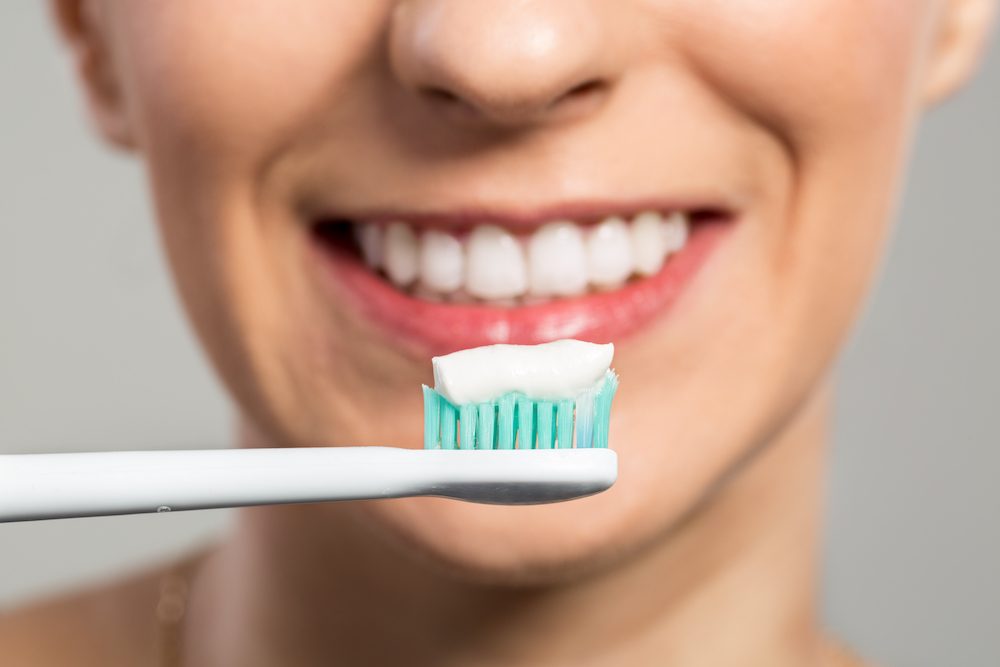
Why You Should Use a Fluoride Free Toothpaste
There is a misconception that fluoride is beneficial for oral health - as it is believed to prevent tooth decay and gum disease. The truth, however, is that fluoride is harmful to human health...
The Benefits of Hydrogen Peroxide Toothpaste
Some of the main benefits of hydrogen peroxide toothpaste include:
- Preventing plaque formation
- Preventing gingivitis
- Protecting gum health
- Whitening teeth
- Killing harmful bacteria
- Removing biofilm
- Helping to heal oral infections
- Helping to heal damaged tissue
Hydrogen Peroxide Toothpaste
Despite the benefits of hydrogen peroxide in oral health, hydrogen peroxide toothpaste isn’t all good. Like most oral health products, most hydrogen peroxide toothpaste also contains several ingredients that harm oral and total body health.
Some of the harmful ingredients commonly used in toothpaste include:
- Fluoride
- SLS (sodium lauryl sulphate)
- Titanium dioxide
- Saccharin
- Poloxamer 407
- Phosphoric acid
- Artificial colours
- Artificial flavours
These ingredients are known to harm human health by upsetting the endocrine system, creating neurological
disturbances
and upsetting the body’s pH balance (acidity) - all of which interfere with the body’s state of
function and cause health problems in their own right.
What Hydrogen Peroxide Toothpaste Should You Use?
When selecting a hydrogen peroxide toothpaste, it is essential to note that the side effects associated with the above ingredients offset the benefits of hydrogen peroxide. Instead, it is better to opt for hydrogen peroxide toothpaste that contains only natural ingredients. Enter the Brushing Solution.
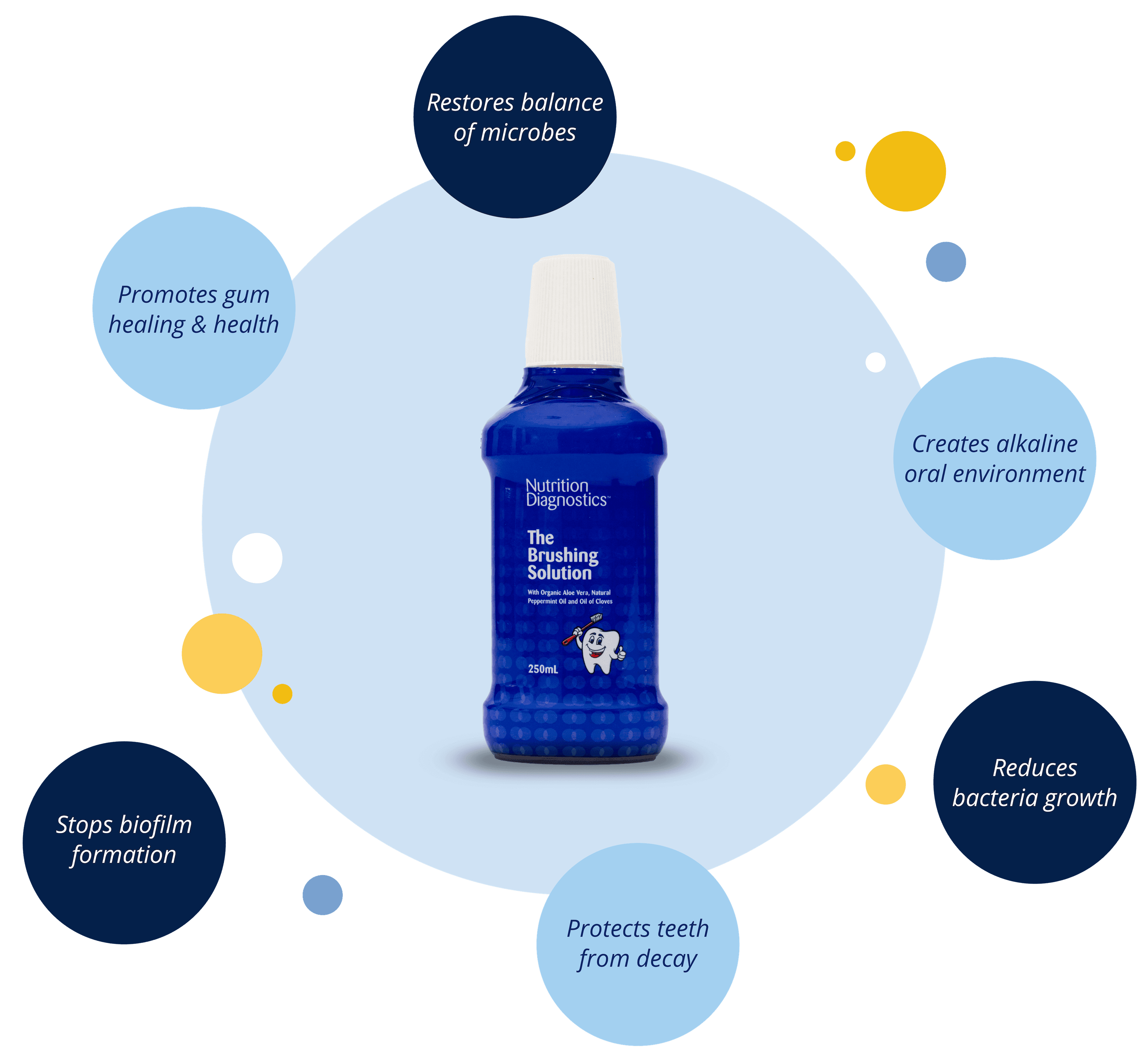
Our Hydrogen Peroxide Toothpaste: The Brushing Solution
The Brushing Solution is a toothpaste substitute formulated by world-renowned biological and holistic dentist Dr Eric Davis. It is made from all-natural ingredients; hydrogen peroxide, oil of cloves, organic aloe vera and peppermint oil. This unique combination of ingredients works to create a healthy oral environment whilst not harming the rest of the body.
Most importantly, the absence of harmful ingredients and the concentration of hydrogen peroxide (1.5%) have allowed us to balance The Brushing Solution to a pH of 7. This ensures that The Brushing Solution creates an alkaline oral environment. Harmful bacteria cannot survive or multiply in an alkaline environment; however, they thrive in an acidic environment.
This is what sets The Brushing Solution apart from
other hydrogen peroxide toothpaste.

What’s In Our Hydrogen Peroxide Toothpaste?
Hydrogen Peroxide
Hydrogen peroxide is the most important ingredient in The Brushing Solution. It helps to; prevent plaque formation, prevent gingivitis, protect gum health, whiten teeth, kill harmful bacteria, remove biofilm, heal oral infections and heal damaged tissue.
Oil of Cloves
Cloves contain two very important germicidal and antimicrobial agents; eugenol and caryophyllene. These two components help kill microscopic parasites and prevent biofilm formation.
Organic Aloe Vera
Aloe vera soothes wounds and abrasions, protects sores, restores the oral mucosa, hydrates, replenishes and supplies moisture to damaged oral tissue.
Peppermint Oil
Most hydrogen peroxide toothpaste is made with peppermint flavouring; however, it is usually artificial. The Brushing Solution used natural peppermint oil for flavouring and fresh freshening. Studies have also shown that peppermint effectively combats oral pathogens - especially those that contribute to gum disease.
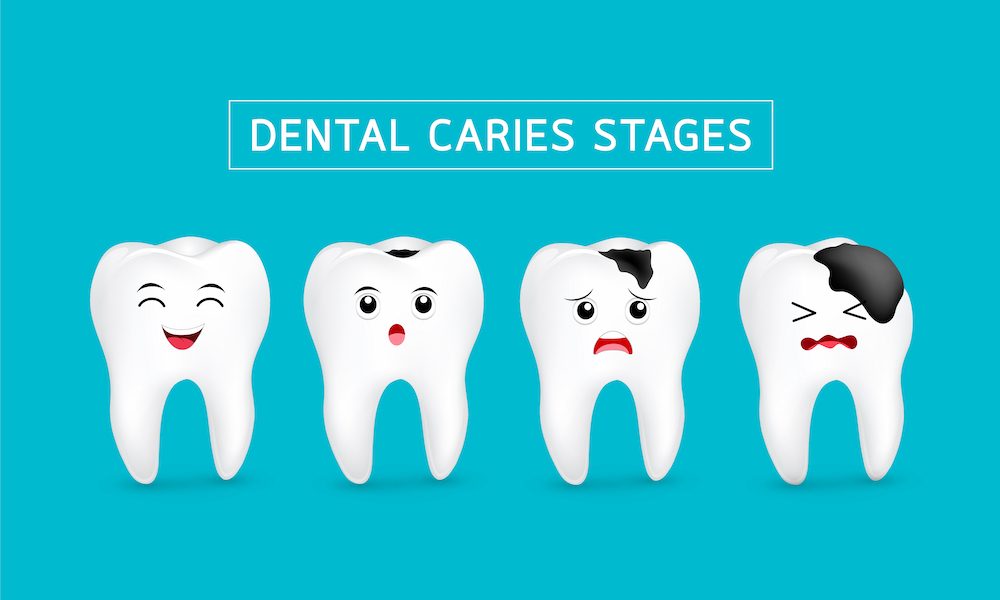
Do You Know What Causes Tooth Decay?
There is a common misconception that tooth decay is entirely normal and something that most humans suffer from and have suffered from since the beginning of time...
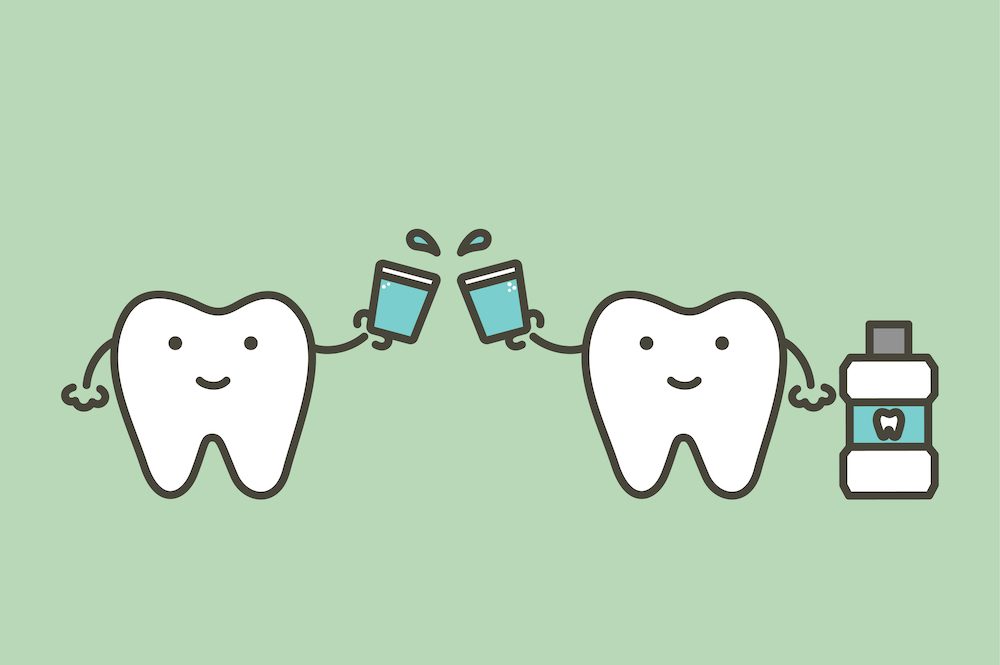
The Benefits of Hydrogen Peroxide Mouthwash
Most generic mouthwash products do more harm to the mouth than they do good. This is because they are formulated from ingredients like alcohol, poloxamer 407, parabens and sodium saccharin...
How to Use Our Hydrogen Peroxide Toothpaste
The Brushing Solution is a little different to other hydrogen peroxide toothpaste. Instead of being a paste, it is a liquid. However, it works the same as toothpaste and doubles as a mouthwash!
Step 1
Pour 2.5mL - 5mL of the Brushing Solution into a small container.
Step 2
Dip your toothbrush into the Brushing Solution.
Step 3
Brush your teeth and gum gutters. Clean only two teeth at a time. Move the toothbrush in a circular motion - ensuring the bristles get into the gum gutters.
Step 4
Spend about 1 minute on each quadrant of your mouth, ensuring the teeth feel smooth and clean before moving on to the next quadrant.
Step 5
Rinse and gargle with the remainder of The Brushing Solution - always remember to spit it out and not swallow.
Step 6
Do not eat or drink for at least 1 hour after completing this process - the residue should be left in the mouth to change the oral environment.
